rack-app - Minimalist Ruby Web Framework
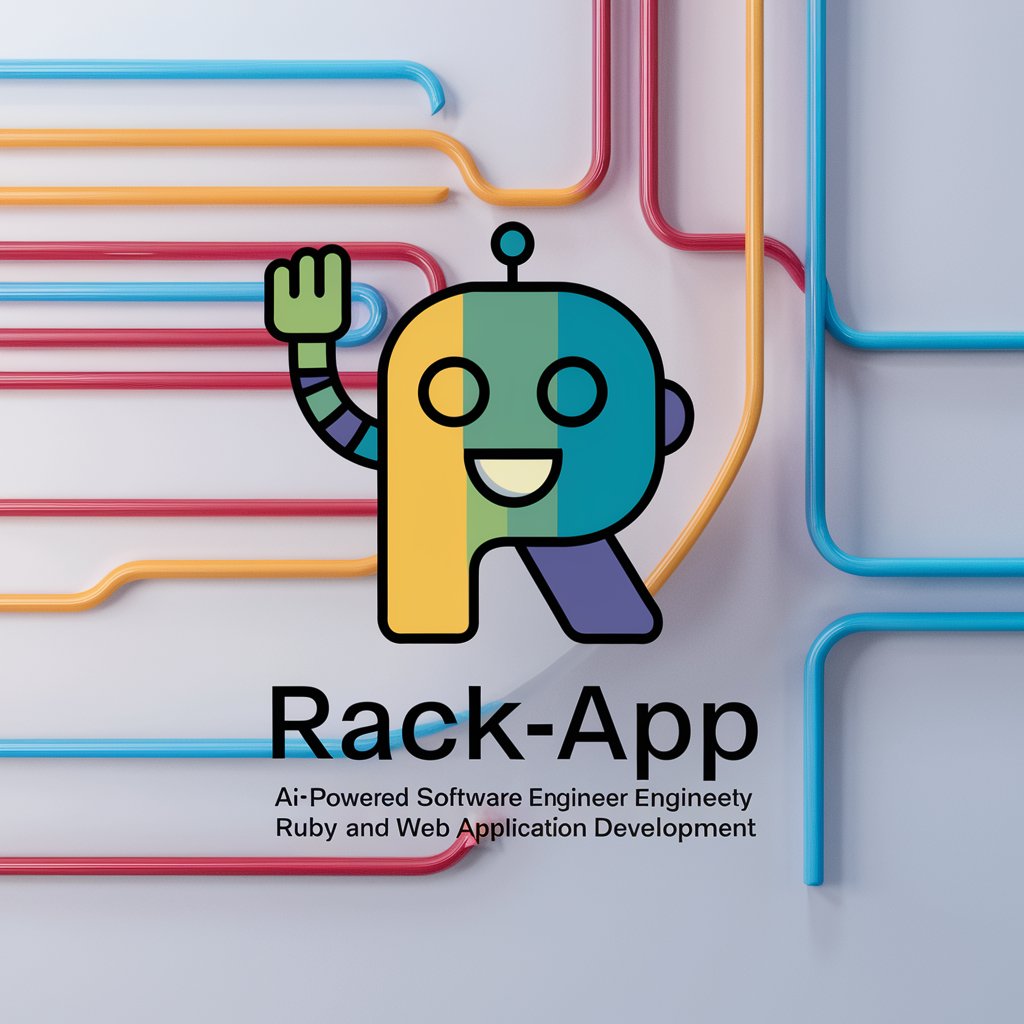
Hi! Need help with Ruby or rack-app? Let's get started!
Simplify web development with AI-powered Rack-App
Create a web app using the rack-app gem to...
How do I handle routing in a rack-app application?
Show an example of middleware usage in rack-app.
Explain how to set up a basic rack-app project.
Get Embed Code
Introduction to rack-app
Rack-app is a minimalistic and efficient web application framework designed for Ruby. It leverages the Rack interface to streamline the creation of web applications and APIs. The framework is built with simplicity and modularity in mind, allowing developers to build lightweight services that are easy to understand and maintain. An example of its basic use is setting up a simple web application with endpoints for different functionalities, such as a health check endpoint that returns a simple 'OK' message to verify the service's operational status. This showcases rack-app's ability to handle web requests and responses efficiently, providing a straightforward way to develop web services. Powered by ChatGPT-4o。

Main Functions of rack-app
Endpoint Definition
Example
Using `desc` method to describe endpoints, such as a 'health check endpoint'.
Scenario
In web applications, defining clear and descriptive endpoints is crucial for maintainability and scalability. The `desc` method helps document the purpose and functionality of each endpoint, making the codebase easier to navigate and understand.
Root Endpoint
Example
Defining a root endpoint (`/`) that responds with 'OK'.
Scenario
This is particularly useful for health checks or status verifications in web services, ensuring that the application is running and accessible. It's a common practice in web development to provide a simple endpoint for operational checks.
Ideal Users of rack-app
Web Developers
Individuals or teams looking to build lightweight web applications or APIs with Ruby. Rack-app's minimalistic approach allows for quick development cycles and is ideal for projects where simplicity and performance are key.
Microservice Architects
Developers designing microservice architectures can benefit from rack-app's lightweight footprint and simplicity. It is well-suited for creating small, focused services that perform specific functions within a larger system.

Getting Started with Rack-App
Step 1
Begin your journey at yeschat.ai for a hassle-free trial, no sign-up or ChatGPT Plus required.
Step 2
Install the rack-app gem by running 'gem install rack-app' in your terminal, ensuring Ruby is already installed.
Step 3
Create your first Rack-App project by setting up a basic file structure and writing a simple application file.
Step 4
Define your endpoints and logic for handling HTTP requests by utilizing Rack-App's straightforward routing and request handling features.
Step 5
Test and debug your application locally, then deploy to a server or cloud platform, utilizing Rack-App's built-in support for various deployment options.
Try other advanced and practical GPTs
Power Bi Assistant
AI-powered Power BI Expertise
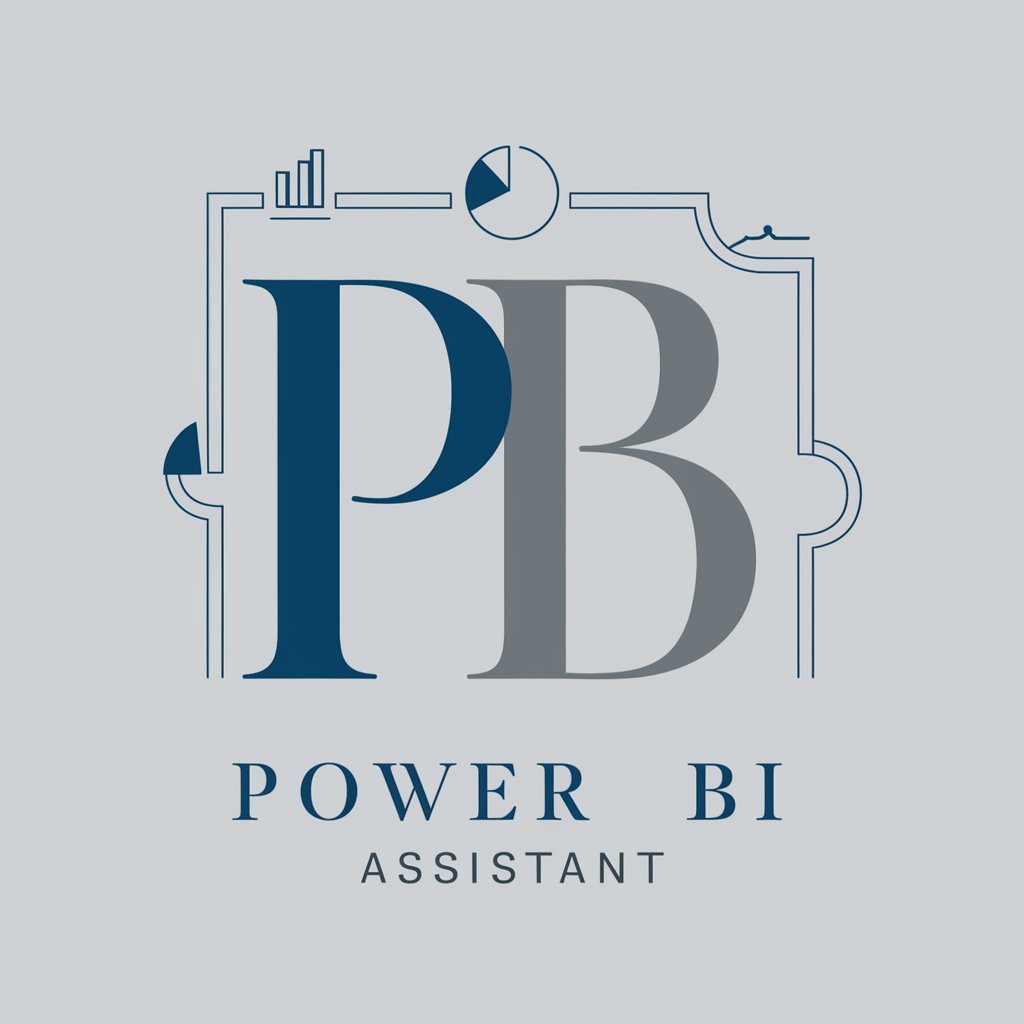
Python Assistant
Elevate your coding with AI-powered assistance.
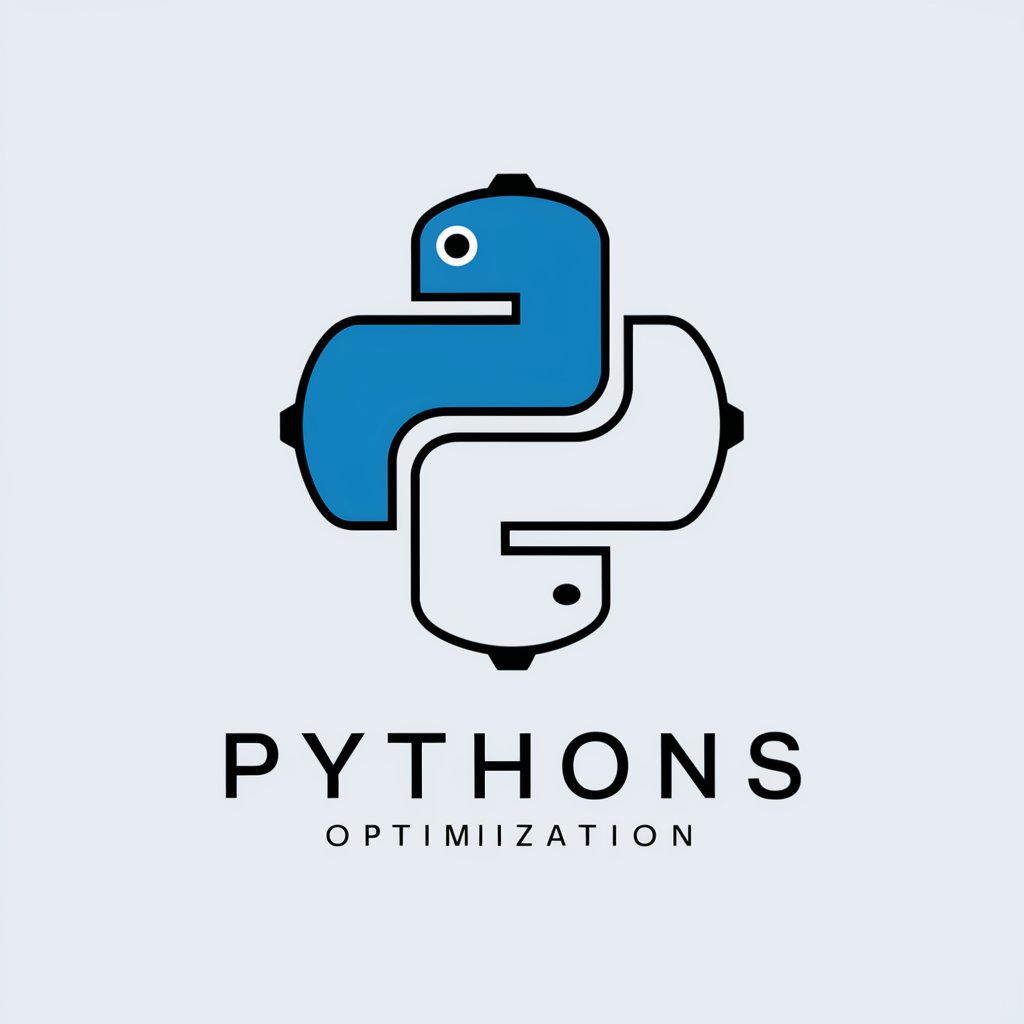
C# Expert
Empowering C# Development with AI
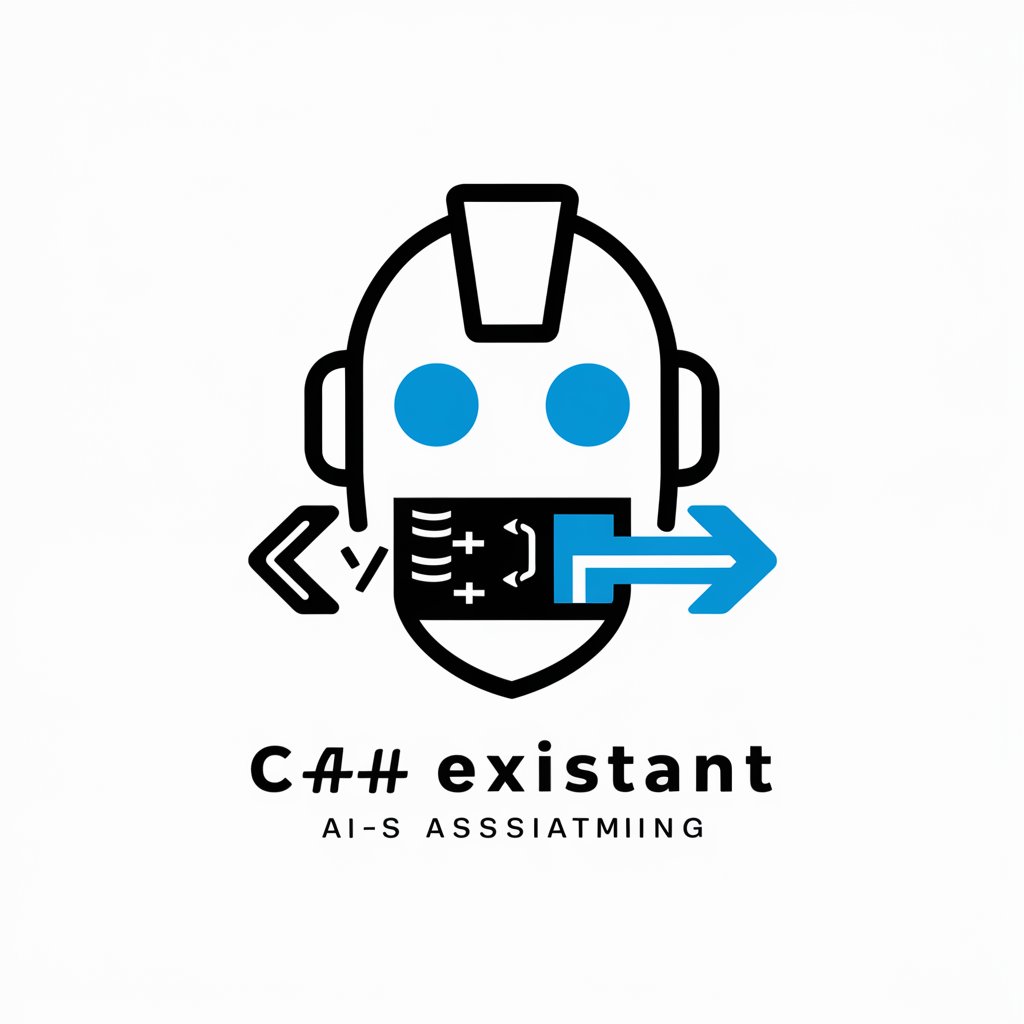
Content Strategy Sage - SEO Master Assistant
Elevate Your Content with AI-Powered SEO Insights

Neuro Nexus
Empower your intellect with AI assistance
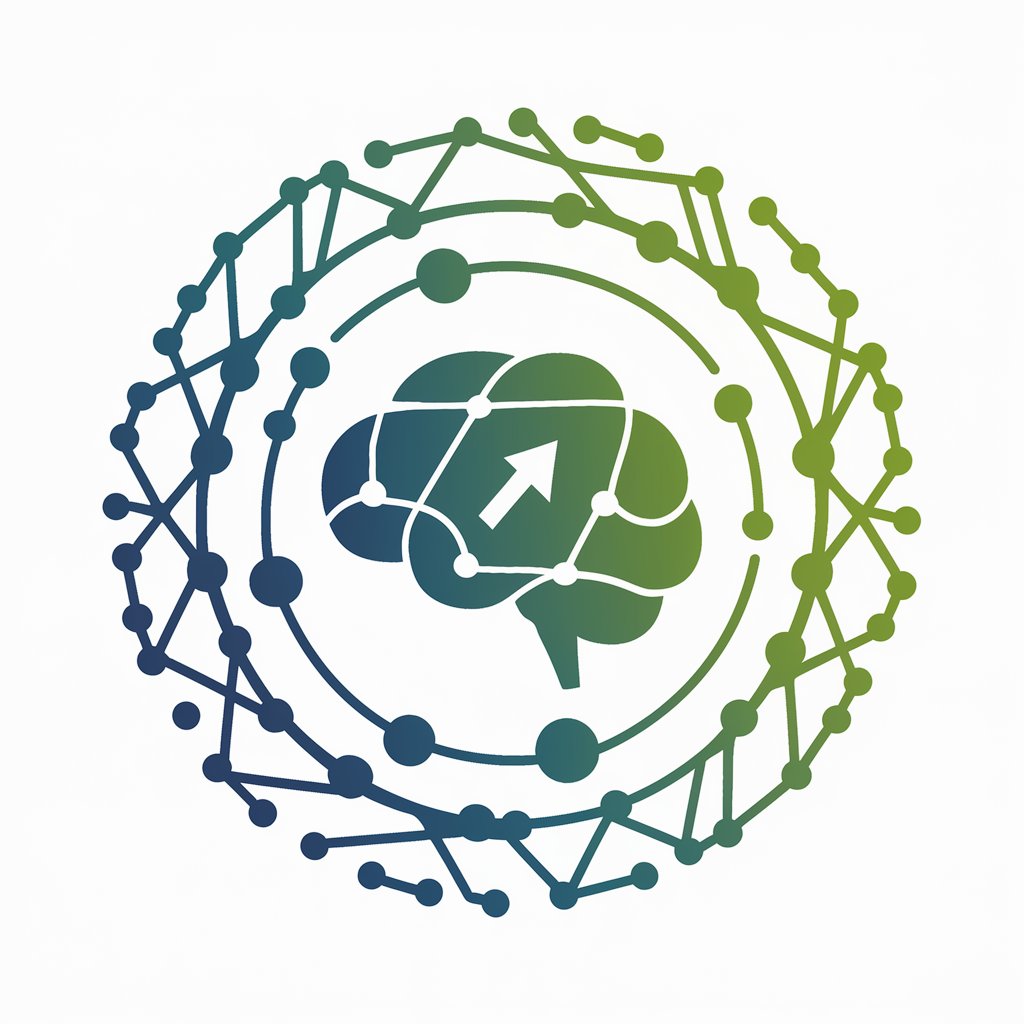
DOTA2 AI
Master Dota 2 with AI-powered Insights

Assistant to the Evidence-Based Manager
Empowering Decisions with AI-Powered Evidence
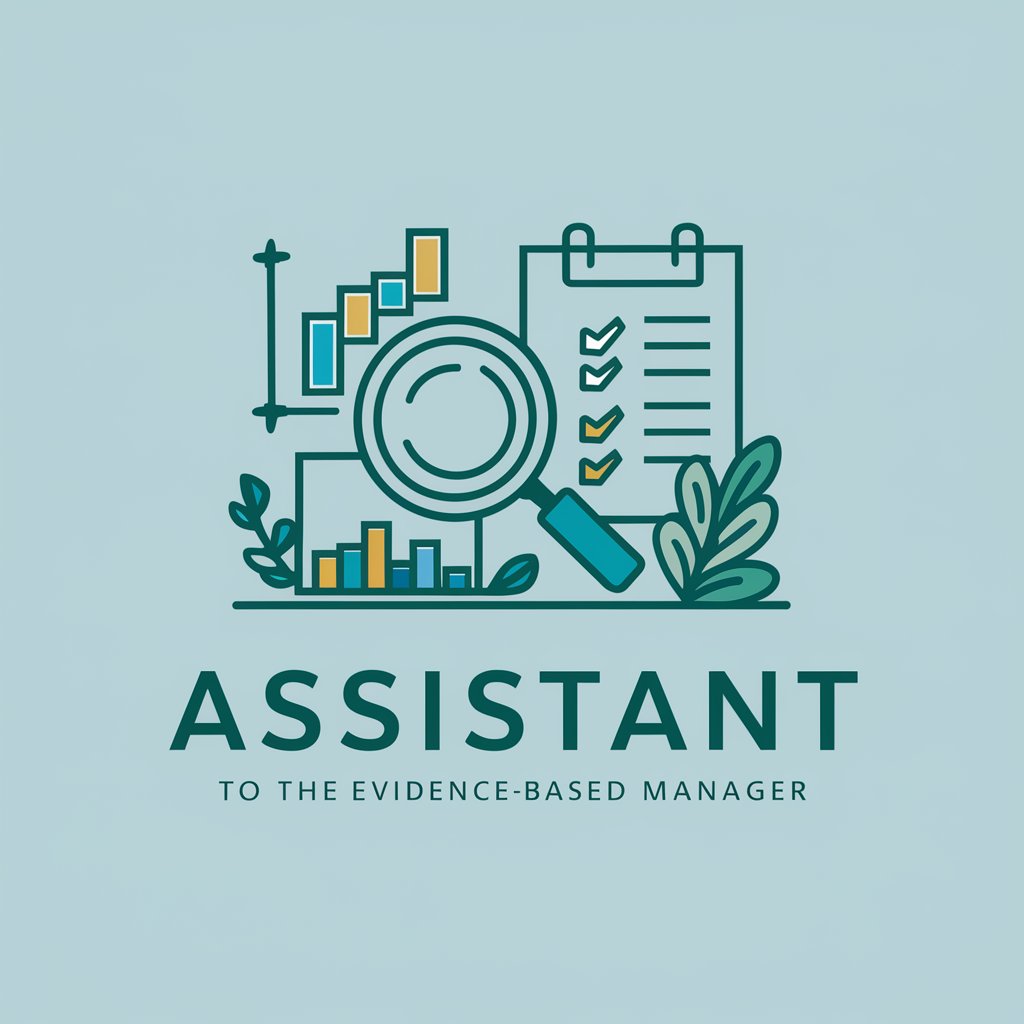
HEC-Commander GPT Assistant
AI-powered hydrologic modeling assistant
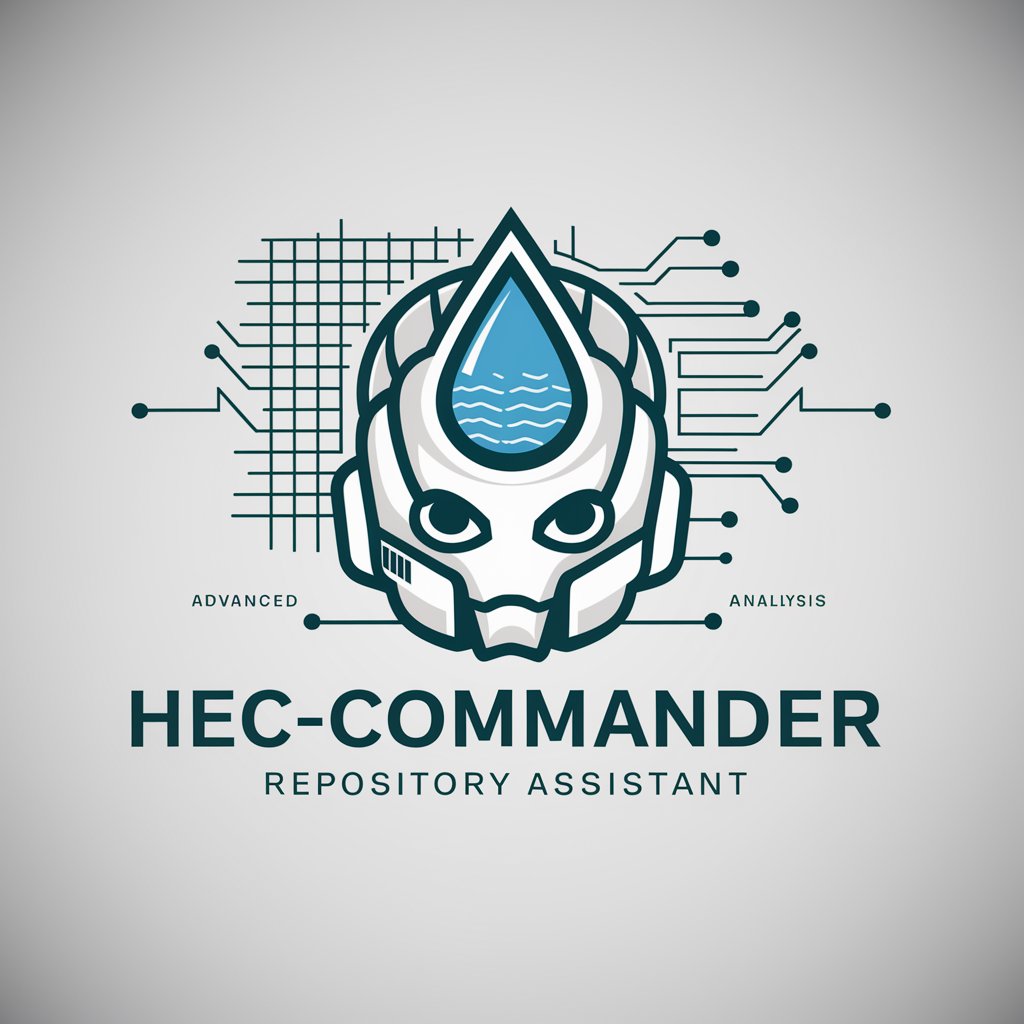
Traditional Chinese Medicine Expert
Unlocking Ancient Wisdom with AI

Methodist Ministry Assistant
Enriching Methodist Ministry with AI Insight
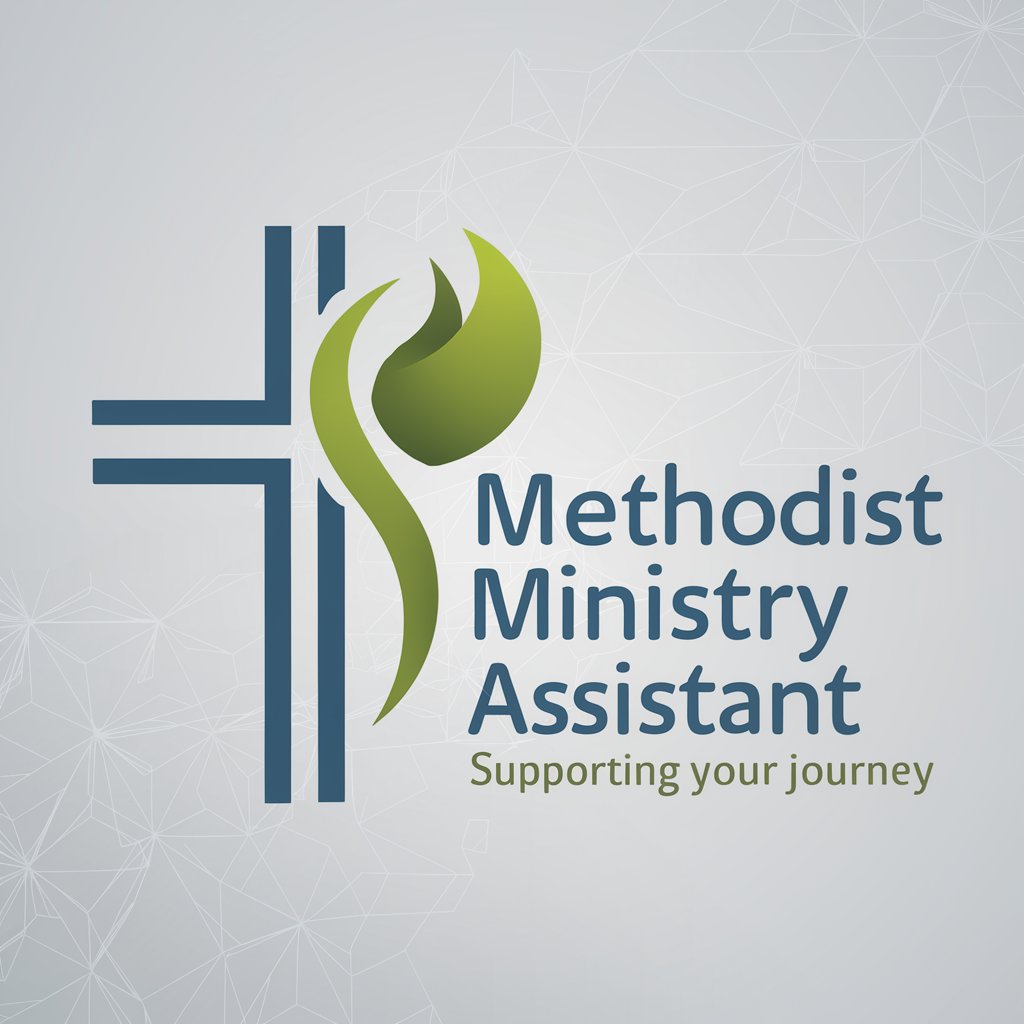
Survey Designer
Craft Surveys Smartly with AI

Team Transformer
Transforming Teams with AI
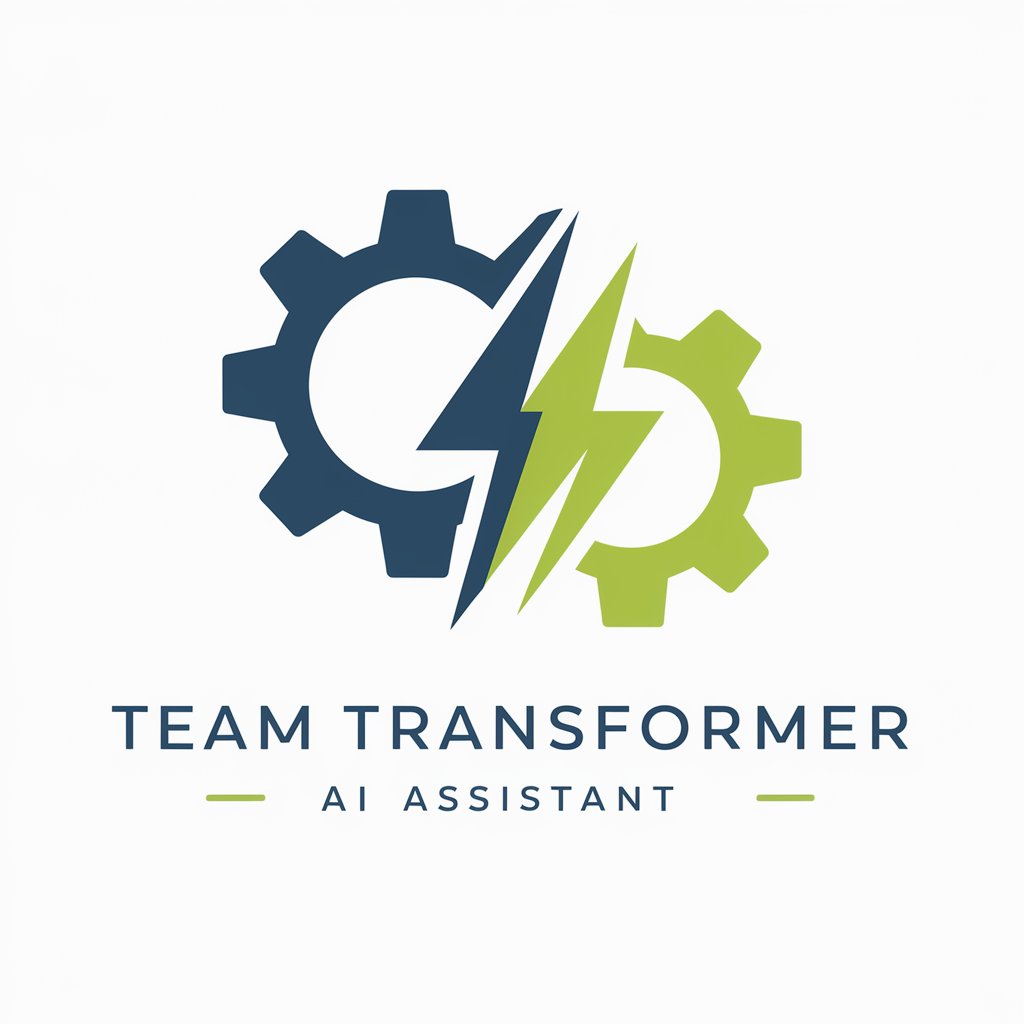
Frequently Asked Questions about Rack-App
What is Rack-App primarily used for?
Rack-App is a minimalist web framework for Ruby, designed to easily create web applications and APIs with minimal configuration.
How does Rack-App handle routing?
Rack-App uses a clean, DSL-based syntax for routing, allowing you to define endpoints and HTTP methods directly in your application file, streamlining request handling.
Can I use Rack-App for building RESTful APIs?
Absolutely, Rack-App is well-suited for creating RESTful APIs, providing a simple way to define resources, actions, and handle various content types.
Is Rack-App compatible with middleware?
Yes, Rack-App supports Rack middleware, enabling you to easily integrate additional functionalities like logging, authentication, and session management.
How do I deploy a Rack-App application?
Rack-App applications can be deployed on any Ruby-compatible web server or cloud platform. The framework provides easy integration with servers like Puma or Passenger and platforms like Heroku or AWS.
